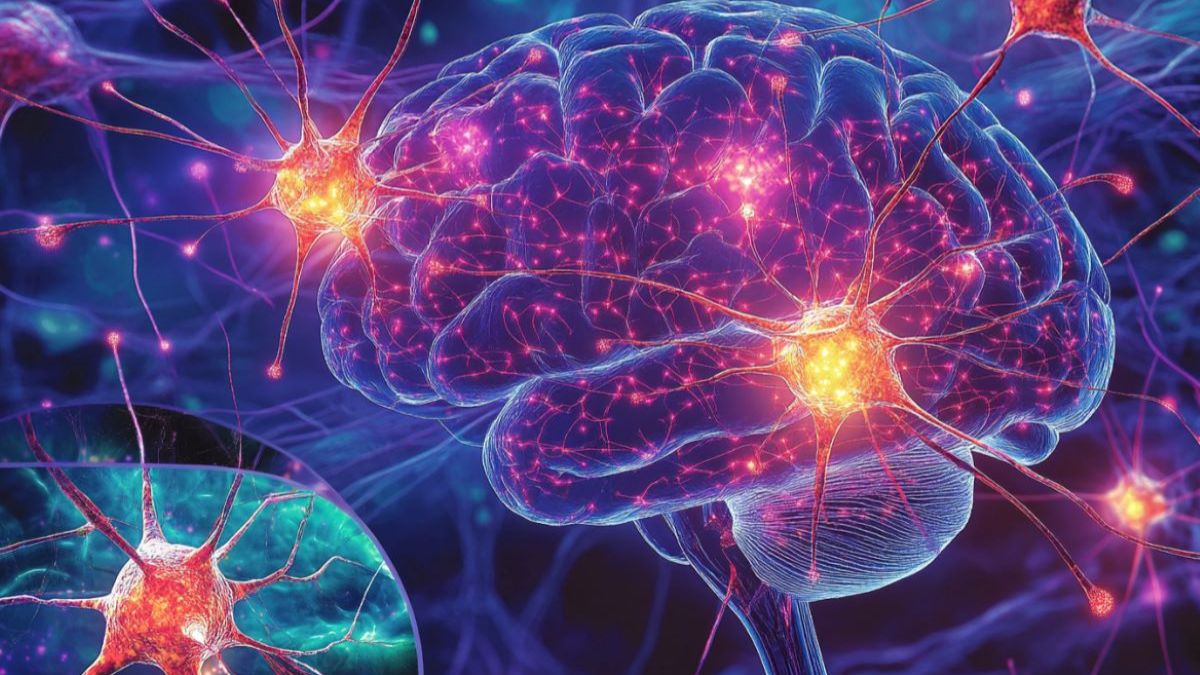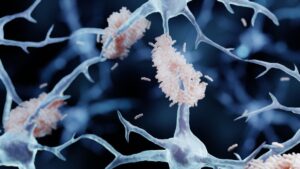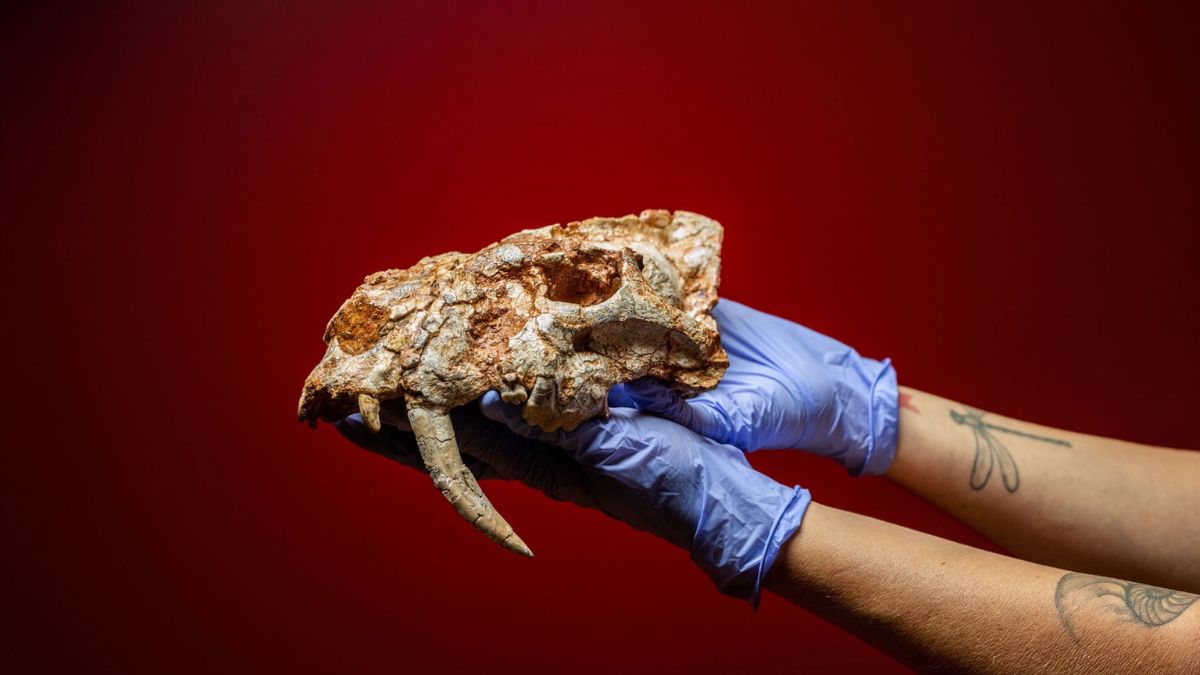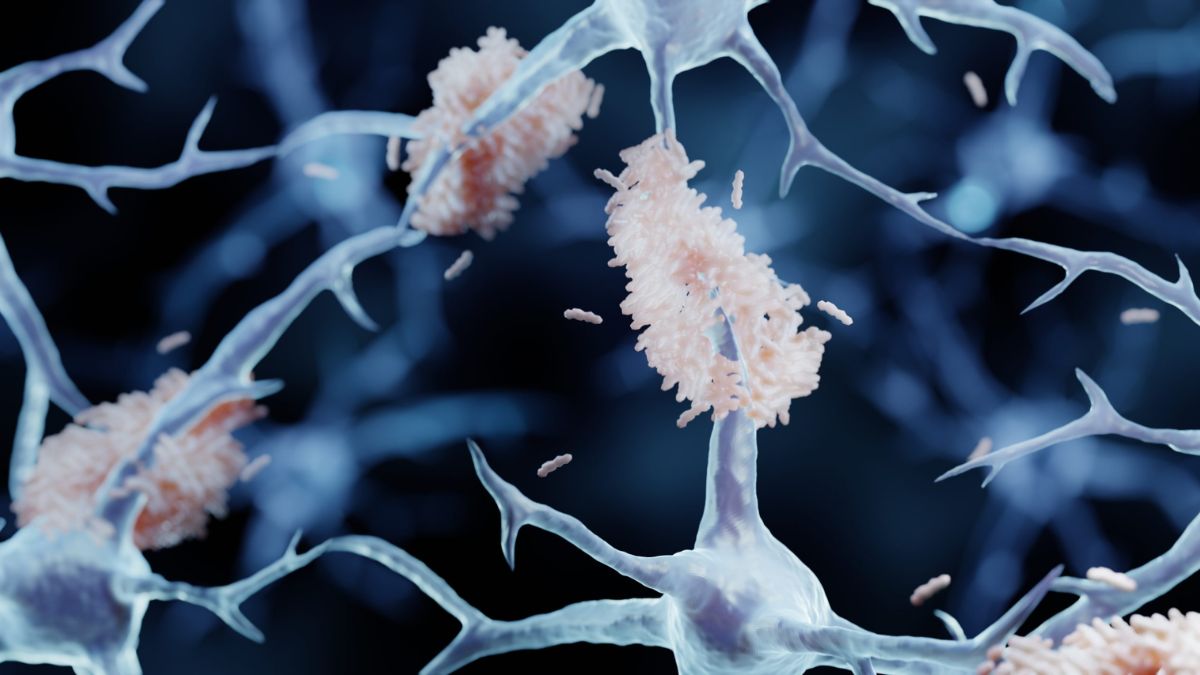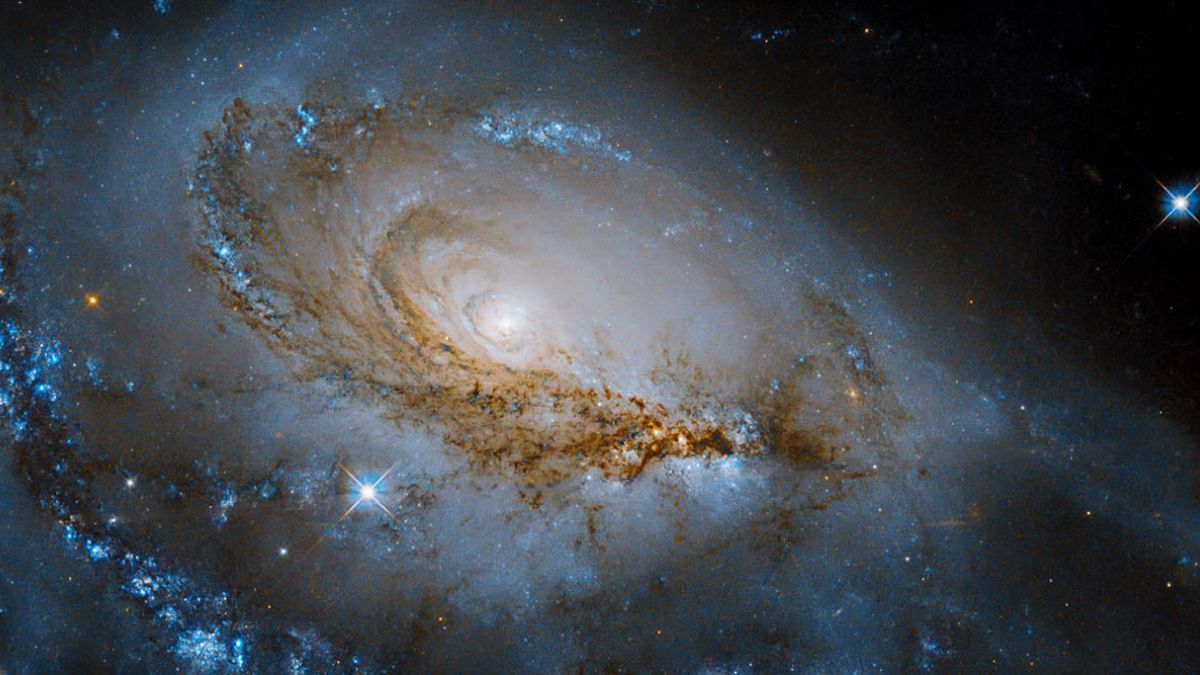For years, neurons have hogged the spotlight when it comes to memory, learning, and brainpower. But what if we’ve been missing a crucial player all along?
A new study out of MIT suggests that astrocytes—long thought of as mere sidekicks in the brain’s operation—might actually be deeply involved in storing and processing memories. That’s like discovering your friendly neighbor next door is actually running a secret underground tech lab.
Let’s cut into what this means and why it could completely change how we think about our brains.
Astrocytes
Astrocytes are the most abundant cells in your brain. For decades, scientists treated them as the janitors and caterers of the neural world—cleaning up messes, delivering nutrients, and maintaining the chemical balance so neurons could do the “real” work. But this passive role might be a huge understatement.
Recent findings now show that astrocytes actively participate in the brain’s communication systems. Far from just being bystanders, they’re involved in signaling processes that directly affect how we store and retrieve information.
Network
Here’s where it gets interesting. A single astrocyte can interact with over a million synapses. That means one astrocyte is connected to a massive number of points where neurons talk to each other. That’s not just impressive—it’s revolutionary.
Instead of sitting quietly in the background, astrocytes “listen in” on neuronal chatter. When they detect activity, they respond by releasing gliotransmitters. These are chemicals that can change how neurons fire and, in turn, how information travels. Imagine a DJ who not only plays the music but changes the song based on how the crowd is dancing. That’s the level of interaction we’re talking about.
Model
The groundbreaking model from MIT and IBM researchers suggests something even more surprising: astrocytes might actually store memories. Published in The Proceedings of the National Academy of Sciences, the study proposes that astrocytes, due to their vast connectivity and internal communication network, could serve as nodes in a brain-wide memory system.
This model draws from biology, math, and artificial intelligence to present a more holistic understanding of how memory might actually work.
Memories
The memory model is based on something called “dense associative memory.” That might sound like technical jargon, but here’s the basic idea: traditional neural networks (like Hopfield networks) have limits. But when you add astrocytes into the mix, the network becomes far more capable. It’s like switching from dial-up internet to fiber optic.
With astrocytes acting as new computational units, the system can store more memories and retrieve them more efficiently. So yes, you might actually be able to remember where you left your keys… if your astrocytes are doing their job well.
Energy
Here’s the real brain-bender: the model explains memory using an “energy function.” The brain uses this to reconstruct memories from tiny fragments, and astrocytes enhance that ability. Because of their role in calcium signaling and their wide-reaching connections, they allow the brain to operate more flexibly and more accurately.
In practical terms, this means our brains could be far more robust in memory processing than we ever imagined—thanks to a cell type we’ve barely paid attention to.
Algorithms
And in case you’re wondering whether this has any real-world application—absolutely. The researchers believe this new understanding of astrocyte function could be used to improve artificial intelligence. Just like how self-driving cars learned from human behavior, AI algorithms could be reshaped using the astrocyte model.
Rather than relying only on neuron-like nodes, future AI might incorporate “astrocyte-style” communication to create smarter, more adaptable systems.
Future
This is the part where science fiction meets science fact. If this theory holds up in lab experiments, it could force a complete rewrite of how we understand memory. For decades, neuroscientists believed the synapse—the point where two neurons meet—was the sole player in memory formation.
But astrocytes challenge that narrative. They might be the secret ingredient we’ve been missing all along.
Testing
The next step is experimental proof. MIT researchers plan to manipulate calcium flow in astrocytes and observe how that affects memory function. They’re also looking to refine their models using real brain data. It’s not going to be easy, but with modern tech, it’s entirely possible.
If they succeed, we’ll not only gain a new understanding of memory but also potentially unlock better ways to treat brain diseases, improve learning, and advance AI.
So, next time you forget someone’s name or can’t find your phone, don’t just blame your neurons—maybe your astrocytes were having an off day.
FAQs
What are astrocytes?
Astrocytes are star-shaped brain cells that support and interact with neurons.
Can astrocytes store memories?
New studies suggest astrocytes may help store and process memories.
How do astrocytes communicate?
They use gliotransmitters to influence neuronal activity.
What is dense associative memory?
It’s a model that allows for more robust and flexible memory storage.
How could this affect AI?
Astrocyte-inspired models might improve AI learning and memory.

